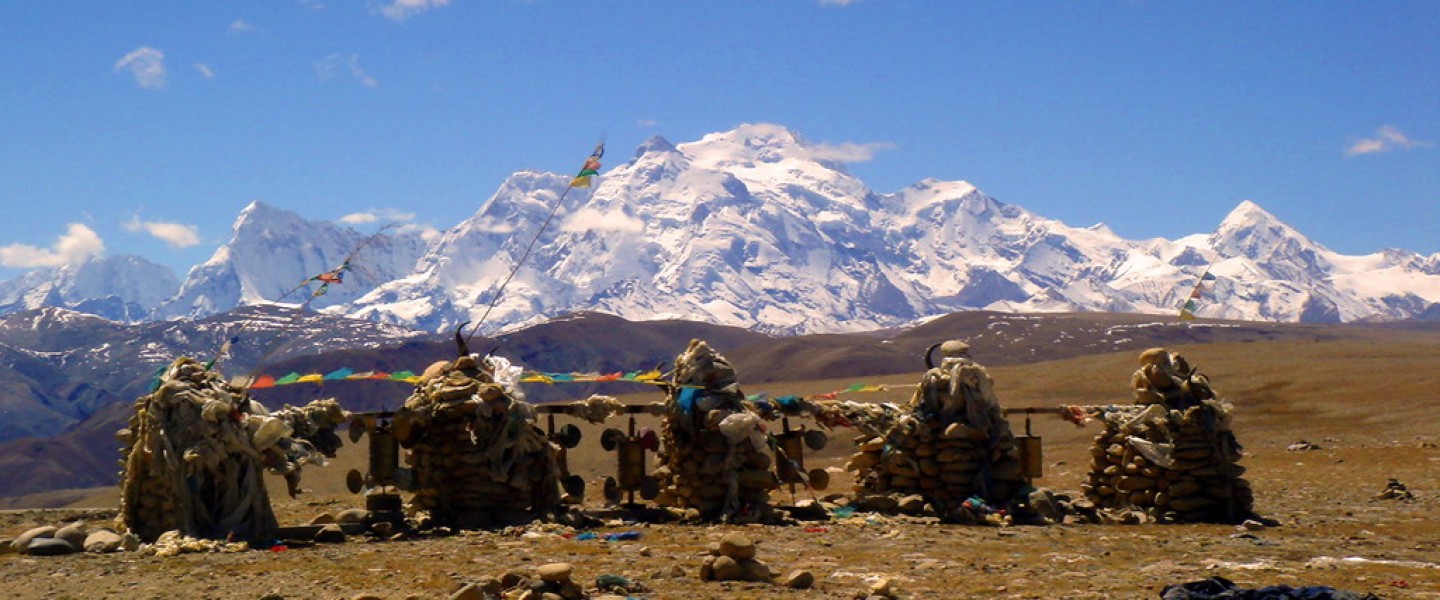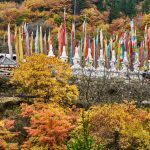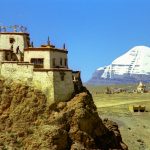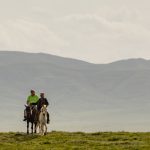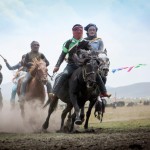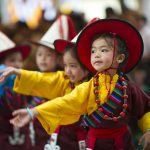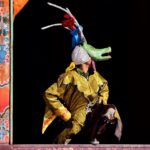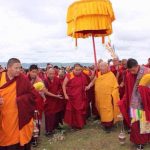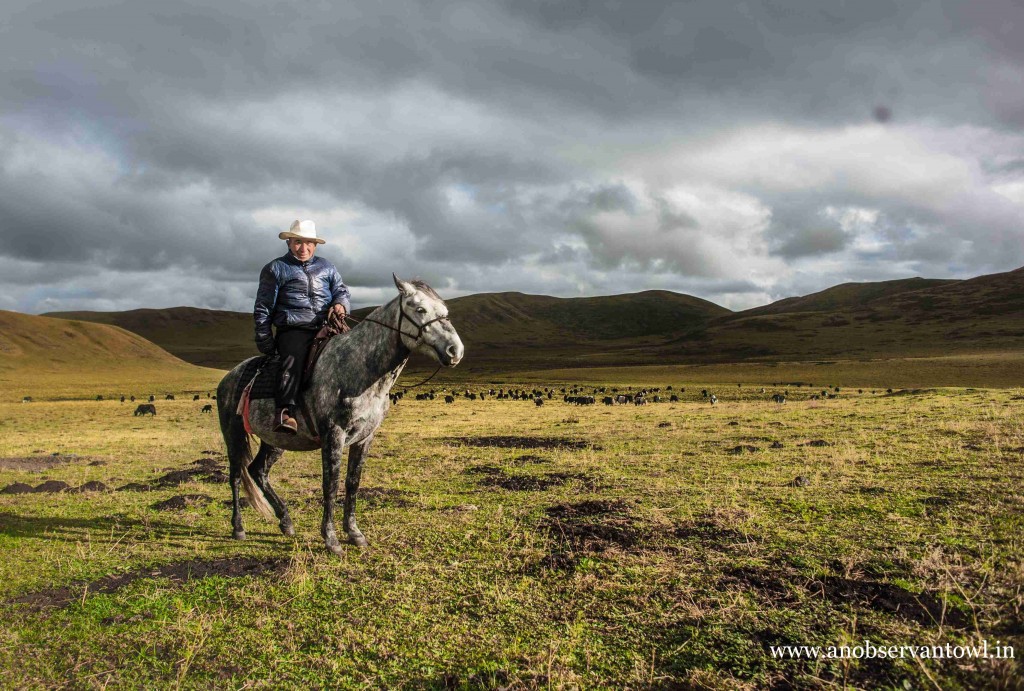Ganden to Samye Trek
This trek gives you a real taste of the Tibetan highland adventure and a chance to see the historic monasteries of Tibetan Buddhism. En route there are dramatic views of the Yurlung valley and chances to visit traditional nomadic area along the trail, Yarlung is considered the cradle of the Tibetan race and the civilization of Tibet.
Trekking in Tibet offers you an altogether different experience. En route you will pass through two high mountain passes in the Tsotup Chu Valley, Shug La (5250m) and Chitu La (5100m). The chief highlight of this trek is the trekking trail which connects the two important monasteries of Tibetan Buddhism, Ganden and Samye. Ganden Monastery, is the first monastery of the Gelugpa sect. Built by Tsongkhapa, the founder of the Gelukpa order, the monastery is renowned as one of the biggest and most important Gelugpa monasteries in Tibet. The Samye monastery is the first monastery in Tibet. Along the way you’ll enjoy the beautiful valley of the Yurlung River and will get to pay a visit to the first palace in Tibet. Afterward drive back to Lhasa.
Departure Date: April —November
The costs: Contact us for tour price details.
Duration: 11 days and 10 nights.
Day 1: Arrive in Lhasa (3650m).
Settle in to your hotel to relax and adjust to high altitude.
Day 2: Lhasa (Visit Potala Palace & Jokhang Temple).
In the morning, you’ll visit the Potala Palace, the greatest wonder of Tibetan architecture, The Potala Palace was built in the mid-7th century by the famous Tibet King, Songtsen Gampo. It is 130m and 13 stories high, and commands a view of all Lhasa. The Potala has been residence to the Dalai Lama Lineage for hundreds of years. After lunch, we’ll also visit the Jokhang Temple, also known in Tibet as the Tsuglhakhang; it is the most important temple in Tibet. Every year thousands of pilgrims come to Lhasa from every corner of the Tibetan plateau to visit Jokhang Temple. This temple was built in the 7th century by King Songtsen Gampo, and is more than 1300years old. From the roof of the Temple, there is a wonderful view of Potala Palace and the bustling Barkhor.
Day 3: Lhasa (Visit Drepung monastery & Sera monastery).
After breakfast, you’ll meet your guide in the hotel and he or she’ll lead you to visit one of the three most famous monasteries in Tibet. Drepung monastery, literally translated as “rice heap”, and was founded in 1416 by a disciple of Tsongkhapa called Jamyang Choje, Once it was home to as many as 10.000 monks. Ganden Palace was established by the second Dalai Lama, this Palace was home to the Dalai Lamas until the fifth Dalai Lama built the Potala. Next we’ll visit Sera Monastery, where you can watch monks debate Tibetan Buddhist philosophy in the debating courtyard.
Day 4: Lhasa—Ganden Monastery 70kms / 2 HRS.
In the morning, we’ll drive to Ganden Monastery through small villages. This is the first Gelugpa monastery in all of Tibet and was founded in 1409 by the master Tsongkhapa. After visiting the temples and prayer wheels in the monastery then you can take the Kora; Ganden Kora offers great views of the Kyichu River crossing through a vast valley. Along the kora you can also visit the sky burial site and Tsongkhapa’s hermitage. We’ll spend the night in Ganden Monastery Guesthouse.
Day 5: Ganden—Yama Do 17kms / HRS / Hiking.
You resume your trekking adventure as you trek southward from Ganden along the Angor Ri. After ascending for two hours, you will see several cairns near a saddle. There the trail leads westwards descending to Hepu village. Where several houses become visible. 5-6 hours of trekking brings you close to Shug La pass. Ani Panong lies 1 hour away from Hepu. An hour of continuous ascent leads to lush meadows and Yama Do soon appears.
Day 6: Yama Do---Tsotup-chu Valley 12kms / 6 HRS / Hiking.
Leaving behind Yama Do, you climb eastwards, negotiating boulders along the final climb atop 5250 meters of the Shug La, the highest point on this trail. The pass is distinctively marked with its large cairn wrapped in prayer flags and yak horns. After a brief stop at the pass to savor the grand vistas you make a sharp descent walking past a boulder field. The trail eventually opens into the valley. And in the distance crosses the Tsotup Chu, a large stream with rich pastures of yaks, goats and sheep. You encounter several herders on the way. After trekking for 5-6 hours, you’ll reach the Tsotup-chu Valley.
Day 7: Chitu Valley—Herders’ Camps 14kms / 6 HRS / Hiking.
As you turn away from Tsotup Chu Valley, you come across the main water course following from the south-east and a tributary from the south-west. You must take the route along this tributary followed by a steep ascent for 30 minutes to a large basin, when the tributary disappears. The trail further opens into the valley going south to the Chitu La at 5100 meters capped with several cairns. It further brushes past a sheer rock wall on its south flank. Thereafter, you’ll descend into a basin containing three turquoise lakes. Further on, the trail moves on to the west side of the stream and, after 30 minutes arrive at the campsite. Many herders’ camps can be seen at nearby locations. Following the rock-strewn valley floor, you will head to a flat seasonal herder's camp in the east side of the valley. Soon after returning to the west side of the valley, you will near another seasonal herders' camp.
Day 8: Herder’s Camps –Samye Monastery 23kms / 8 HRS / Hiking.
The trail is dotted with fragrant junipers growing on southern slopes and rhododendron on the shadier slopes, where the majority of the local villagers are engaged in animal husbandry. Yarlung Tsangpo valley can be viewed on the south. The old trade route from Lhasa to Samye via the Gokar La follows this valley. Pisha offers picturesque view of the lower Samye Valley. At its lower end an undulating hill called Hepo Ri appears. This is regarded as a very sacred and historically important monastery. we’ll spend the night in the monastery guethouse.
Day 9: Rest day.
In the morning, you can take a walk in the local villages and take some pictures of the monastery and enjoy some local tea. Afterward, we’ll head up to the most important meditation cave of Buddhism followers, Guru Rinpoche’s original meditation retreat. You will need to hire a local tractor in Samye to get there, once you are there, you can follow the pilgrims to explore the meditation cave in the Chim-puk and enjoy great views of the Yarlung River. In the afternoon you’ll come back to Samye for the night.
Day 10: Samye—Yumbulakhang Palace—Lhasa (3650m) 230kms/ 4 HRS.
In the morning we’ll drive to Tsethang to visit Yumbulakang, the first palace in Tibet, which was constructed by the first king of Tibet. Afterward, we’ll pay a visit to Tandruk Monastery, which is one of the earliest Buddhist monasteries in Tibet. This monastery was built by King Songtsen Gampo at the same time as the Jokhang Temple and Ramoche temple in Lhasa, dating back to the 7th century Gampo. We’ll stop for a lunch in Tsethang, and in the afternoon we’ll drive back to Lhasa via Mindroling, one of the six major monasteries of the Nyingmapa sect in Tibet.
Day 11: Depart from Lhasa.
Leave for your next destination by air or train.
Map coming soon...
